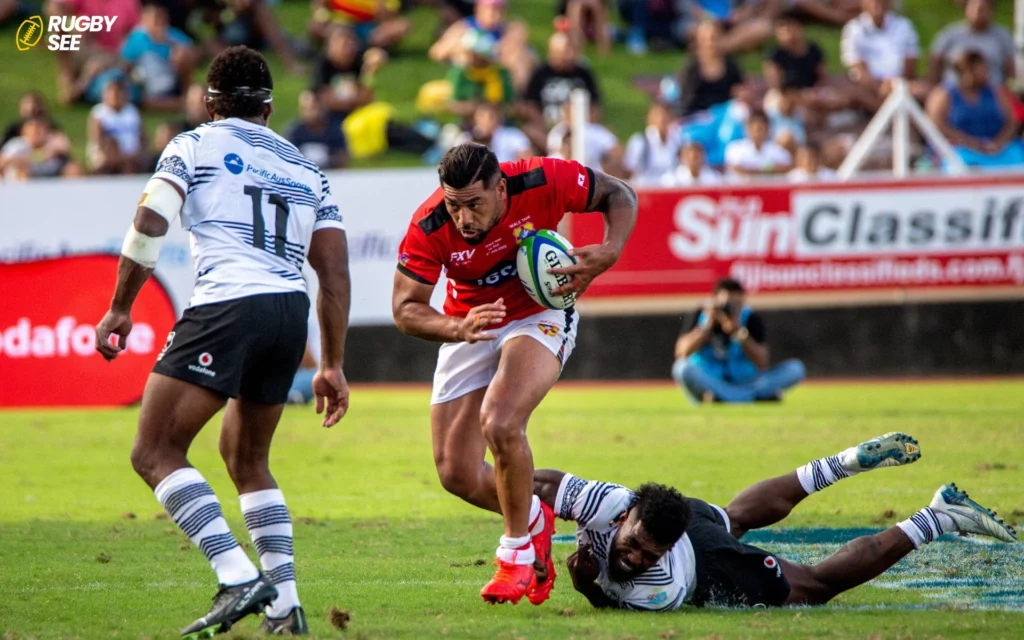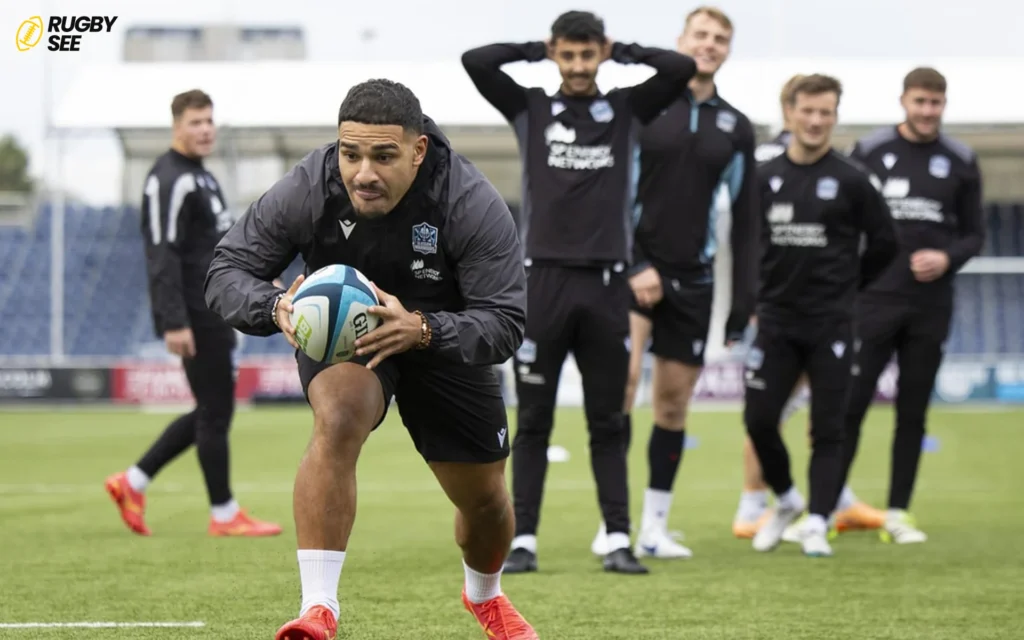Cauliflower ear, a common injury among rugby players, results from repeated trauma to the ear, leading to a buildup of blood under the skin and subsequent fibrous tissue growth. This not only affects the ear’s appearance but can also cause complications such as hearing loss. Given rugby’s physical nature, preventing such injuries is crucial for player health and career longevity. This guide explores effective strategies for preventing cauliflower ear in rugby, emphasizing protective measures, early intervention, and awareness.
Understanding the Basics
Before diving into prevention strategies, it’s essential to understand what causes cauliflower ear. The condition arises when the ear’s cartilage is damaged due to impact, causing blood to pool between the skin and cartilage. Without prompt treatment, this can lead to permanent disfigurement and potential hearing issues.
Wear Protective Gear
The first and most straightforward prevention method is the use of protective headgear, such as scrum caps. These specially designed caps offer a layer of protection for the ears, absorbing impacts and reducing the risk of injury. While not all players opt to wear them, their effectiveness in preventing cauliflower ear makes them a worthy consideration.
- Choosing the Right Gear: Look for headgear that fits snugly without being overly tight. It should cover the entire ear and stay in place during play.
Early Detection and Treatment
Prompt recognition and treatment of ear injuries can prevent the development of cauliflower ear. Players and medical staff should be vigilant for signs of ear trauma, such as swelling, redness, or pain.
- Immediate Care: If an injury occurs, seek medical attention immediately. Early treatment often involves draining accumulated blood from the ear, a procedure that should be performed by a healthcare professional to minimize further damage and infection risk.

Educate Players and Coaches
Education plays a critical role in prevention. Players, coaches, and support staff should be informed about the risks associated with cauliflower ear and the importance of protective measures and early treatment.
- Workshops and Training Sessions: Incorporating education on injury prevention into training sessions and team meetings can raise awareness and encourage proactive measures among players.
Regular Medical Check-ups
Routine medical examinations can help identify and address ear injuries before they progress to cauliflower ear. Players should undergo regular check-ups, especially after heavy matches or training sessions known for their physical intensity.
- Access to Medical Professionals: Teams should ensure that players have easy access to medical professionals who can provide timely interventions for any injuries, including those to the ear.
Create a Culture of Prevention
Preventing cauliflower ear extends beyond individual actions; it requires a cultural shift within teams and the wider rugby community. This includes prioritizing player welfare and actively promoting the use of protective gear.
- Leadership Role: Senior players and team leaders can set an example by wearing protective headgear and advocating for injury prevention strategies and if you want to know about Rugby Field read Does Rugby Have Field Goals? Understanding Rugby Scoring.
Alternative Techniques and Innovations
The rugby community is continually exploring new ways to prevent injuries, including cauliflower ear. Innovations in protective headgear, enhanced training methods that minimize unnecessary head contact, and advances in medical treatment all contribute to safer play.
- Research and Development: Supporting research into better protective gear and injury prevention techniques can lead to advancements that significantly reduce the risk of cauliflower ear and other rugby-related injuries.
Continuing with our in-depth guide on preventing cauliflower ear in rugby, let’s explore additional strategies and considerations that underscore the importance of a comprehensive approach to player health and safety.
Integrating Technology and Innovation
As sports science progresses, so does the potential for innovative solutions to traditional problems. Wearable technology that monitors impact and identifies high-risk incidents for ear injury could play a pivotal role in future prevention strategies. Investment in research and development into such technologies can provide coaches and medical teams with real-time data to better protect players.

Strengthening Regulations and Guidelines
Rugby governing bodies play a crucial role in player safety by setting rules and guidelines that prioritize health. Implementing stricter regulations around headgear use and managing in-game collisions can further reduce the risk of cauliflower ear and other related injuries.
- Mandatory Headgear: While currently a personal choice, discussions around making protective headgear mandatory could be revisited, especially for youth and amateur levels where the emphasis on safety is paramount.
- Refinement of Game Rules: Adjusting rules to limit high-risk encounters without compromising the sport’s integrity could be a way forward, balancing the physical essence of rugby with the necessity of player protection.
Community Engagement and Support
Building a supportive community around the prevention of injuries like cauliflower ear involves everyone from players and fans to families and educators. Awareness campaigns can highlight the importance of prevention and the steps individuals can take to protect themselves and others.
- Social Media Campaigns: Utilizing social media platforms to share information, personal stories, and prevention tips can help spread awareness far and wide.
- Support Groups: Establishing support networks for players who have experienced severe ear injuries can provide emotional and practical assistance, encouraging more athletes to take preventive measures seriously.
Encouraging a Shift in Perception
Changing the perception of cauliflower ear from a badge of honor to a preventable injury is crucial. This involves cultural shifts within the sport, where player health is valued above the traditional marks of toughness.
- Role Models: High-profile players and coaches advocating for prevention and sharing their own experiences can influence younger players’ attitudes towards health and safety.
- Education at Grassroots Levels: Instilling good habits and attitudes towards injury prevention in young players can have long-lasting effects on the sport’s future.

Advancements in Medical Treatment
Continued advancements in medical treatments for ear injuries can also contribute to prevention efforts. Innovative techniques that offer quicker, less invasive treatments for early-stage injuries can prevent them from escalating to cauliflower ear and if you want to know about Skinny Players in Rugby read Can I Play Rugby If I’m Skinny? A Comprehensive Guide.
- Regenerative Medicine: Exploring the potential for treatments that can heal or regenerate damaged cartilage could revolutionize the approach to treating ear injuries in rugby.
- Accessible Treatment Options: Ensuring that players at all levels have access to the best possible care immediately after injury can mitigate the long-term effects and prevalence of cauliflower ear.
Preventing cauliflower ear in rugby is not just about preserving the appearance of the ears; it’s about safeguarding players’ health, well-being, and ability to perform at their best. Through a combination of protective gear, early detection and treatment, education, and a culture of prevention, players can significantly reduce their risk of this common but preventable injury. As rugby continues to evolve, so too will the strategies for keeping players safe, ensuring that the game remains as enjoyable as it is challenging.










